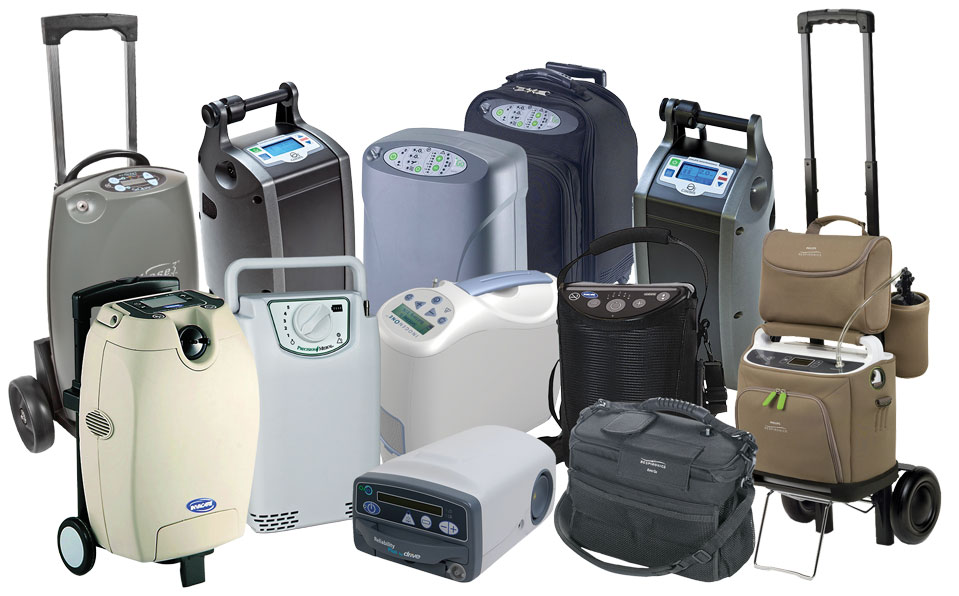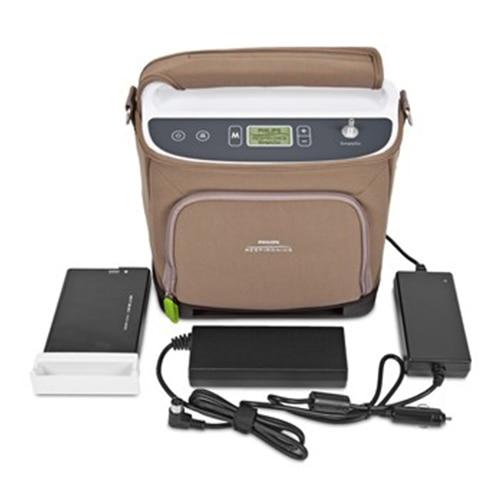Portable Oxygen Concentrators Fundamentals Explained
Table of ContentsRumored Buzz on Portable Oxygen ConcentratorsNot known Details About Portable Oxygen Concentrators The smart Trick of Portable Oxygen Concentrators That Nobody is Talking AboutPortable Oxygen Concentrators Can Be Fun For Everyone
Stationary oxygen concentrators were once the criterion, yet these storage tanks can weigh 50 pounds and were extremely troublesome (Portable Oxygen Concentrators). Currently, portable oxygen concentrators obtain the task done, and they can suit a bag or handbag! The only thing you must remember is that portable concentrators have much more minimal oxygen distribution capabilitiesThere are two main types of mobile oxygen concentrators: pulse dosage and continual circulation. As the name suggests, pulse dosage concentrators provide oxygen periodically, just activating when you inhale. This kind of gadget is typically recommended for COPD patients with minimal oxygen requirements, as the amount of O2 that a pulse dosage concentrator can supply is fairly low.
This device can supply up to 3,000 m, L of oxygen every minute, while pulse dose tools often tend to cover out at 1250 m, L. Continual flow devices are the go-to for many COPD patients, as they're excellent for people who need two to 5 liters of oxygen a min.
Currently that you have this overview to the different types of mobile oxygen machines, pick the finest tool with the assistance of your physician.
Indicators on Portable Oxygen Concentrators You Should Know
We realize Americans make use of domestic variations in home care scenarios. We wondered exactly how well these mobile oxygen concentrators would operate in healthcare facilities. POC concentrators increase the percentage of oxygen in ambient air individuals take a breath in, whenever they need an increase. Private-use ones are small adequate to bring around, and might help avoid the need to see busy facilities and health centers.
When it pertains to mobile oxygen treatment, there are two primary alternatives for shipment. These are mobile oxygen cylinders which include compressed oxygen gas, or oxygen concentrators, which utilize a battery powered system to press and filter air, in order to create a consistent supply of concentrated oxygen. In this post, AMS Compound Cylinders Technical Supervisor, Tony Morrin, compares both, checking out the advantages and disadvantages of each oxygen distribution system for NHS clinical oxygen customers in terms of client autonomy.

Portable Oxygen Concentrator Oxygen pureness is consistently higher when provided from cyndrical tubes it never goes down listed the original source below 99. 6%, despite the circulation price needed. In battery-powered concentrators, pureness is influenced by circulation price, and might be 90% or less, depending upon the devices. Whilst oxygen concentrators can be beneficial for clients that require a lower circulation of oxygen, cyndrical tubes supply greater concentrations that can be preferable for clients with high circulation demands.
Not known Factual Statements About Portable Oxygen Concentrators
Both systems call for the client to bring around equipment. For cylinders, this will certainly include lugging a bag (and occasionally a trolley) and for mobile oxygen concentrators this will include the bag, cart and power charger. Weight sensible, portable oxygen concentrators can be similar in weight, or often, lighter than conventional aluminium cyndrical tube systems.
They will need to enhance considerably if they are to give the exact same official website degree of performance as equivalent composite cylinders. Oxygen constantly brings a safety and security danger. On one hand, should cylinders spring a leakage, they can produce an oxygen abundant environment that might lead to a rise in fire risk.

The distinction is that there are substantial ahead of time expenses to buying a portable oxygen concentrator, but lower running expenses using cyndrical tubes makes it possible for the purchaser to spread the cost over an extensive amount of time. One small disadvantage of a mobile oxygen concentrator is the sound portable systems make a considerable quantity of noise during operation, which many people locate disruptive.
Everything about Portable Oxygen Concentrators

Our high-quality carbon composite cyndrical tubes use high pressure (300 Bar), low weight, and NLL (Non-Limited Life) efficiency, and are approved for use worldwide. Additional details concerning AMS Compound Cylinders Ltd can be located at .
Oxygen concentrators are developed with user wheelchair in mind. Whether it's a desktop version for home use or a smaller, light-weight version for on-the-go, these tools allow clients to relocate freely without being tethered to a stationary unit. Particularly for the ones specifically developed for mobility, individuals can carry them around, promoting travel and day-to-day tasks with ease.
Among the major conveniences of using an oxygen concentrator is the removal of the regular requirement to fill up oxygen storage tanks. This not only decreases the logistical challenges and reoccurring costs connected with refills yet also guarantees that the customer has a more foreseeable and stable source of oxygen. Oxygen concentrators are created to fit perfectly into the home setting.